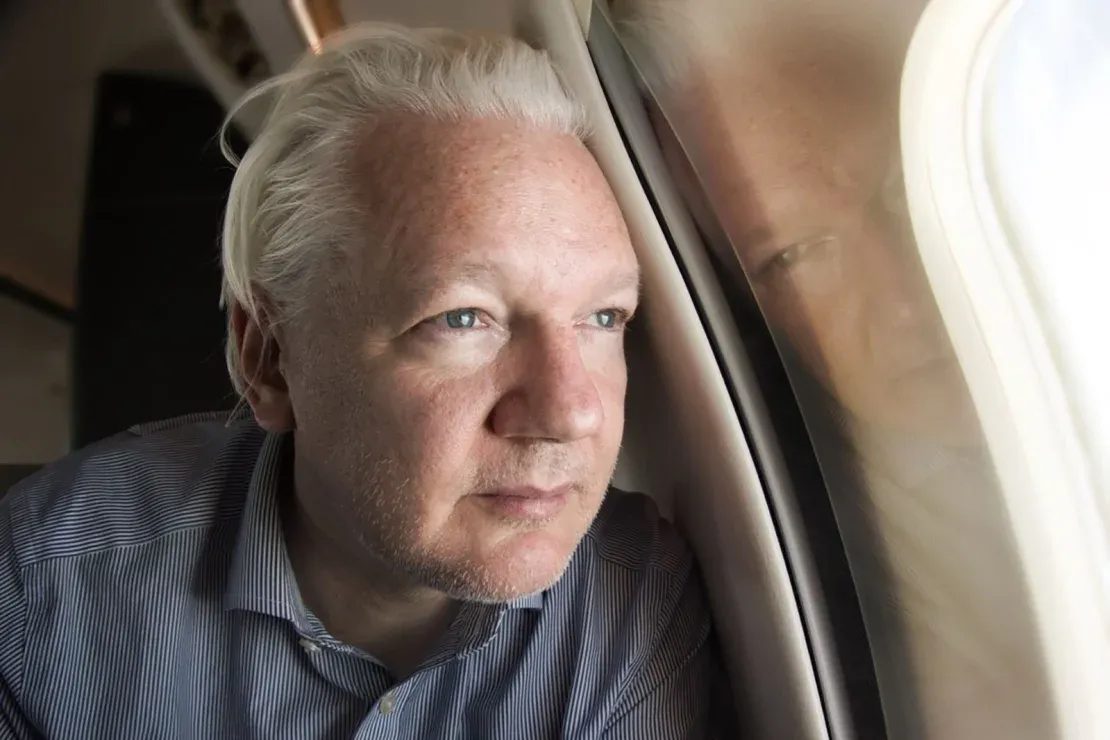The Story of Seth Rich, the DNC Hacks, and Julian Assange

Introduction
The tragic death of Seth Rich, a Democratic National Committee (DNC) staffer, has been embroiled in conspiracy theories and political intrigue, particularly concerning the DNC email hacks during the 2016 U.S. Presidential election and WikiLeaks, led by Julian Assange. This article delves into the facts surrounding Seth Rich's death, the DNC hacks, and the involvement of Julian Assange and WikiLeaks.

Who Was Seth Rich?
Seth Rich was a 27-year-old employee of the DNC, working as a data analyst. On July 10, 2016, Rich was shot and killed in Washington, D.C., in what police have described as a botched robbery. Despite this explanation, his death has sparked numerous conspiracy theories, particularly in the context of the 2016 election.
The DNC Hacks
In 2016, during the U.S. Presidential election, the DNC was the target of a significant cyberattack. Thousands of emails were stolen and subsequently released by WikiLeaks, revealing internal communications that caused substantial political fallout. U.S. intelligence agencies have concluded that Russian government hackers were responsible for the breach, aiming to interfere with the election.


Julian Assange and WikiLeaks
Julian Assange, the founder of WikiLeaks, played a central role in the dissemination of the hacked DNC emails. WikiLeaks released these emails in July 2016, around the same time as Seth Rich's death, which fueled speculation and conspiracy theories about a possible connection between Rich and the leaks.
The Conspiracy Theories
Following Seth Rich's death, several conspiracy theories emerged, suggesting that he was the source of the leaked DNC emails and that his murder was a politically motivated assassination. These theories have been widely debunked by law enforcement and intelligence agencies, but they gained traction due to the timing and nature of the events.
Julian Assange's Implication:
- In an interview, Assange hinted that Seth Rich could have been the source of the DNC emails, although he did not provide any evidence to support this claim. This implication was seen by many as an attempt to obfuscate the role of Russian hackers in the breach.
- WikiLeaks offered a reward for information about Rich's murder, further fueling conspiracy theories despite the lack of substantiated evidence linking Rich to the leaked emails.
Official Investigations and Findings
Law Enforcement and Intelligence Agencies:
- The Washington D.C. Metropolitan Police Department has maintained that Rich's death was the result of a robbery gone wrong, with no evidence pointing to a political motive.
- The U.S. intelligence community has consistently pointed to Russian operatives as the perpetrators behind the DNC hack, with no credible evidence suggesting Seth Rich's involvement.
Family and Legal Actions:
- Seth Rich's family has repeatedly called for an end to the conspiracy theories, which they say have caused them great distress. They have also pursued legal action against individuals and organizations perpetuating these unfounded claims.
The Connection of CrowdStrike to the DNC Hacks
Introduction
CrowdStrike, a prominent cybersecurity firm, played a crucial role in investigating and responding to the Democratic National Committee (DNC) hacks during the 2016 U.S. Presidential election. This article explores CrowdStrike's involvement, its findings, and the broader context of the DNC hacks.
Background on the DNC Hacks
In 2016, the DNC experienced a significant cyberattack, resulting in the theft and subsequent release of thousands of internal emails and documents. U.S. intelligence agencies later attributed the breach to Russian government hackers, specifically two groups known as Fancy Bear (APT28) and Cozy Bear (APT29).
CrowdStrike's Involvement
Initial Discovery and Investigation:
- Discovery of the Breach: In April 2016, the DNC detected unusual activity on its network, prompting concerns about a potential security breach. The DNC contracted CrowdStrike to investigate the suspicious activity (CrowdStrike) (ITWire).
- Investigation and Findings: CrowdStrike's investigation began in May 2016, revealing that Russian hackers had infiltrated the DNC network. They identified malware and other indicators of compromise linked to the Russian intelligence agencies GRU and FSB. By June 2016, CrowdStrike had informed the FBI and publicly disclosed the breach (CrowdStrike).
Technical Analysis:
- Malware Detection: CrowdStrike detected multiple instances of sophisticated malware, including variants used by the Russian hacking groups Fancy Bear and Cozy Bear. These tools were designed to exfiltrate large volumes of data from the DNC's servers (CrowdStrike).
- Data Exfiltration: The hackers stole thousands of documents, including strategy documents, fundraising data, and internal communications. The exfiltration process involved advanced techniques to evade detection and ensure comprehensive data theft (ITWire).
Controversies and Misconceptions
Conspiracy Theories:
- Unfounded Claims: Despite the clear findings by CrowdStrike and subsequent confirmation by U.S. intelligence agencies, various conspiracy theories emerged. Some claimed the breach was an inside job or linked it to the murder of DNC staffer Seth Rich. These theories have been debunked by thorough investigations and lack credible evidence (ITWire).
Legal and Political Reactions:
- No Final Report: There has been controversy over CrowdStrike not filing a final unredacted report with the FBI. This led to speculation and political debate, although CrowdStrike maintained that all relevant forensic evidence and analysis were provided to the authorities (ITWire).
- Trump and Ukraine Controversy: During the Trump administration, there were repeated references to CrowdStrike in relation to debunked conspiracy theories about the DNC server and Ukrainian involvement. These claims were part of broader political narratives but did not align with the established facts of the investigation (ITWire).
Impact and Implications
CrowdStrike's work in uncovering the DNC hacks was pivotal in understanding the scale and sophistication of the cyberattack. It highlighted the vulnerabilities in political organizations' cybersecurity and underscored the importance of robust defensive measures against state-sponsored cyber threats.
Conclusion
CrowdStrike's involvement in the DNC hack investigation played a critical role in attributing the attack to Russian state actors and provided valuable insights into the methods and intentions of the hackers. Despite facing various controversies and conspiracy theories, the technical and forensic work by CrowdStrike remains a cornerstone of the broader understanding of the 2016 election interference.
The death of Seth Rich and the DNC email hacks are two separate events that became intertwined through conspiracy theories, largely fueled by the politically charged environment of the 2016 election. While WikiLeaks and Julian Assange played a role in the release of the hacked emails, there is no credible evidence linking Seth Rich to the leaks. Official investigations have concluded that Russian hackers were responsible for the DNC breach, and Seth Rich's death was a tragic, unrelated incident.
For further details, you can refer to the sources provided by CrowdStrike and iTWire.
For more detailed information, you can read the following sources:
- Washington Post on Seth Rich and Conspiracy Theories
- NPR on the DNC Hacks and Russian Involvement
- CNN on WikiLeaks and Julian Assange







